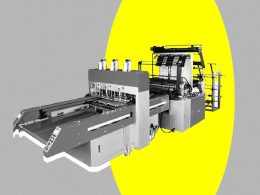Unveiling some of the ways that technology can play a role in bridging the rural-urban divide
Technology is a powerful tool that can help reduce the disparities and inequalities between rural and urban areas. Rural areas often face challenges such as lack of infrastructure, connectivity, education, health care, employment, and income, which limit their potential and well-being. Technology can help overcome these challenges by providing access to information, services, markets, and resources that can improve rural populations’ quality of life and productivity. Here are some of the ways that technology can play a role in bridging the rural-urban divide:
Access: Technology can help increase access to essential services and opportunities for rural areas. For example, mobile phones and the internet can enable rural people to communicate, access information, learn new skills, access financial services, and participate in civic activities. Similarly, digital platforms and applications can enable rural people to access health care, education, agriculture, and e-commerce services that may not be available or affordable in their physical locations.
Opportunity: Technology can help create new income generation and employment opportunities in rural areas. For example, digital technologies can enable rural workers to engage in remote work or online freelancing, offering higher wages and flexibility than traditional occupations. Similarly, digital technologies can enable rural entrepreneurs to start or scale up their businesses by accessing online markets, customers, suppliers, and partners.
Development: Technology can help foster social and economic development in rural areas. For example, digital technologies can enable rural communities to monitor and manage their natural resources, such as water, land, and energy. Similarly, digital technologies can enable rural communities to participate in decision-making and governance processes that affect their lives and livelihoods.
However, technology alone is not enough to bridge the rural-urban divide. Some barriers and challenges must be addressed, such as lack of digital literacy, affordability, infrastructure, regulation, and inclusion. Therefore, technology must be accompanied by supportive policies and initiatives to ensure its effective and equitable use and adoption by rural populations.
In conclusion, technology can be a catalyst for bridging the gap between rural and urban areas. Technology can help provide access to essential services and opportunities that can improve rural populations’ quality of life and productivity. Technology can also help foster social and economic development that can benefit rural and urban areas.







